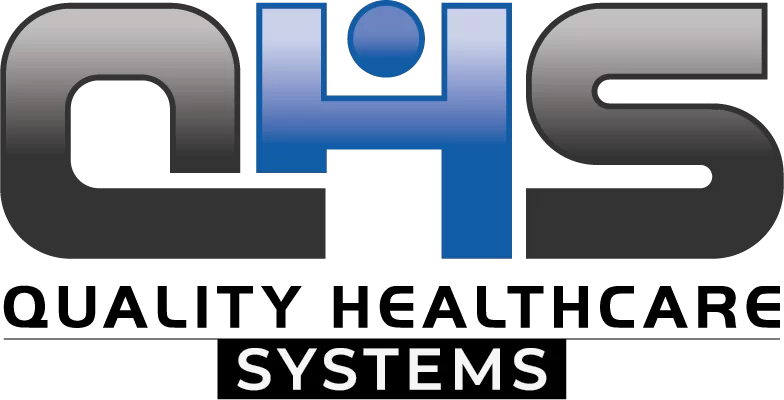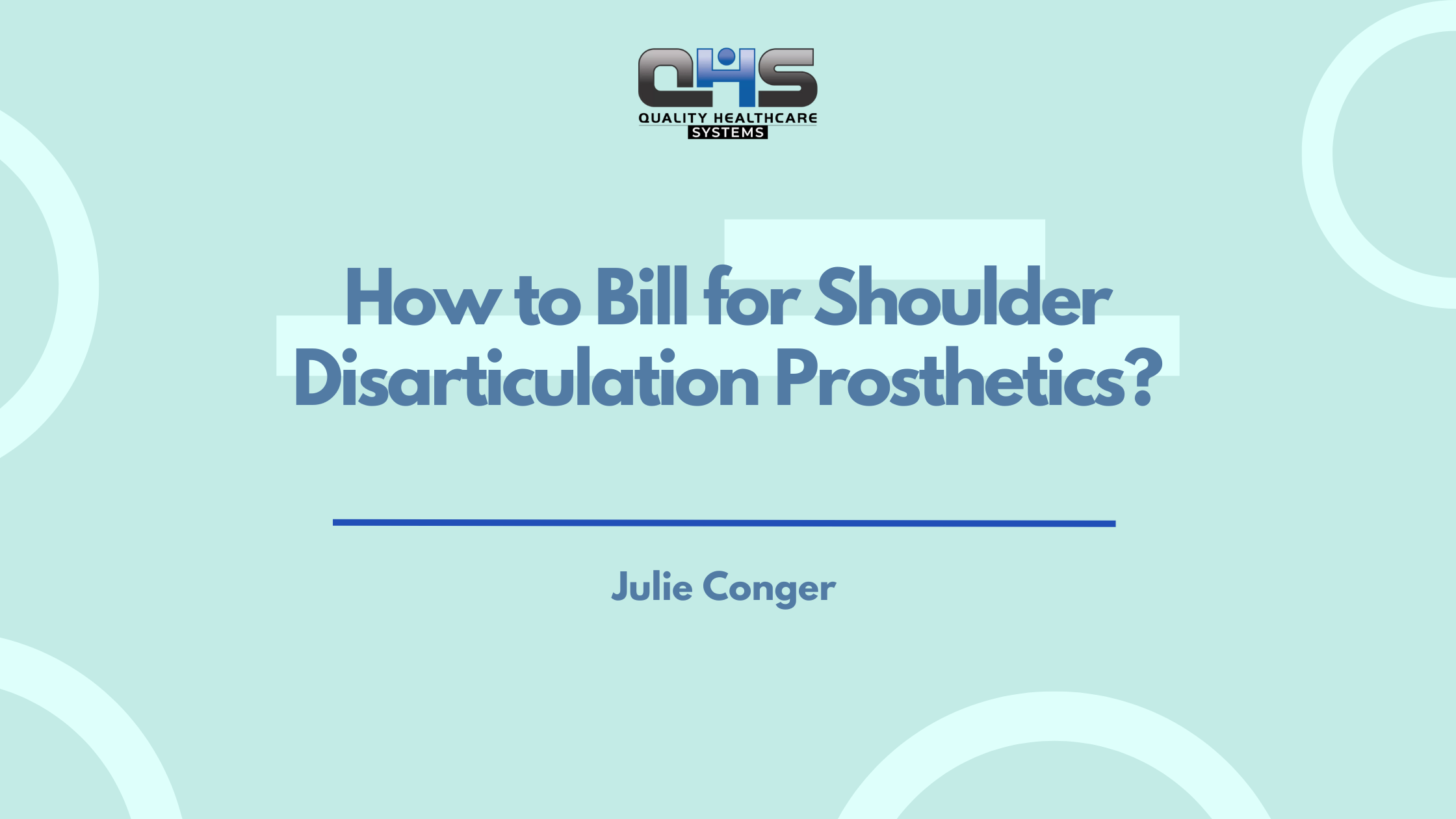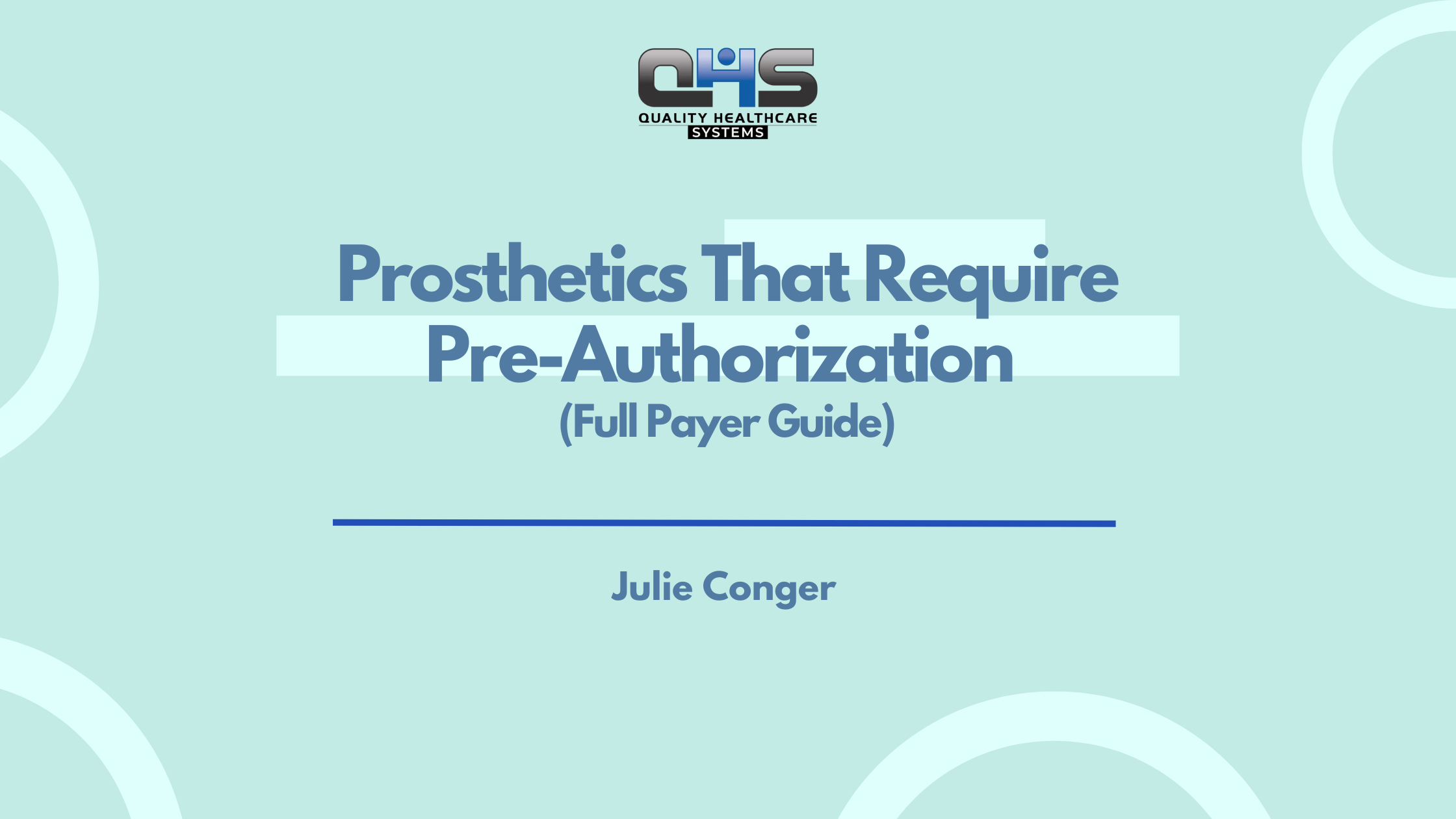Missed appointments, or no-shows, can disrupt a medical practice’s schedule and cause significant financial losses. Research shows that no-shows cost healthcare providers thousands of dollars annually, making it essential to have a clear and effective no-show policy in place. A well-structured policy not only helps reduce missed appointments but also ensures accountability and better communication with patients.
In this guide, we’ll walk you through the steps to create the perfect no-show policy for your practice, including a free downloadable template to get you started.
Why Do You Need a No-Show Policy?
No-show appointments create inefficiencies that impact both patient care and revenue. They can lead to:
- Lost Revenue: Missed appointments mean empty slots that could have been used for other patients, leading to financial strain.
- Wasted Resources: Staff time and resources are allocated for no-show patients, reducing overall efficiency.
- Decreased Access for Other Patients: Unfilled appointments limit access for patients who need timely care.
Implementing a no-show policy for medical offices helps mitigate these challenges by establishing clear expectations and encouraging patients to take their appointments seriously. Pairing this policy with revenue cycle management services ensures that no-show fees are collected efficiently while maintaining cash flow.
Key Elements to Write an Effective No-Show Policy
A no-show policy should be simple yet comprehensive. Here are the critical elements to include:
1. Clear Definition of a No-Show
Define what constitutes a no-show. For example, “A missed appointment is any scheduled visit that is canceled less than 24 hours in advance or where the patient fails to appear.”
2. Advance Communication Requirements
Inform patients of their responsibility to notify the practice in advance if they need to cancel or reschedule. Automated reminder systems can play a vital role here, helping reduce no-shows by keeping appointments top of mind for patients.
3. Fee Structure for No-Shows
Clearly outline any fees associated with missed appointments. For instance, you might charge $25–$50 for no-shows, depending on your practice’s financial model. Practices that serve small offices can benefit from tailored solutions, such as medical billing services for small practices, to streamline these processes.
Learn how to bill for missed appointments to maximize collections from no-shows!
4. Policy for Exceptions
Include provisions for waiving no-show fees in exceptional circumstances, such as emergencies or severe weather conditions. Being flexible helps maintain positive patient relationships while ensuring fairness.
5. Documentation and Enforcement
Document all no-show occurrences in the patient’s records. This ensures transparency and provides a reference point if the issue arises again.
Sample No-Show Policy Template
Here’s a free sample no-show policy template that you can customize for your practice:
No-Show and Cancellation Policy
Policy Overview
Our practice is committed to providing high-quality care to all our patients. To ensure efficient scheduling and availability, we have established a formal policy for missed appointments and late cancellations. This policy is designed to reduce disruptions and maintain fairness for all patients.
- Definition of a No-Show
A “no-show” appointment is defined as:
- A failure to arrive for a scheduled appointment.
- A cancellation or rescheduling made less than 24 hours prior to the scheduled appointment time.
- Patient Responsibility
Patients are expected to notify the office at least 24 hours in advance if they are unable to keep their scheduled appointment. Notifications can be made by calling our office at [Practice Phone Number].- No-Show Fee
- A $50 fee will be charged for all missed appointments or cancellations made less than 24 hours in advance.
- This fee is the patient’s responsibility and cannot be billed to insurance.
- The fee must be paid prior to scheduling any future appointments.
- Exceptions
We understand that emergencies and unforeseen circumstances may occur. Exceptions to the no-show fee may be granted at the discretion of the office under the following circumstances:
- Medical emergencies.
- Severe weather conditions.
- Other situations deemed acceptable by the practice.
- Repeated No-Show Appointments
Patients with repeated no-show appointments may be subject to additional actions, including but not limited to:
- Requirement of a deposit for future scheduling.
- Discharge from the practice.
These actions will be communicated to the patient in writing if necessary.
- Acknowledgment of Policy
By signing below, the patient acknowledges that they have read, understood, and agree to the terms outlined in this policy.Signature Section
Patient Name: _______________________________
Patient Signature: ____________________________
Date: ______________________________________
How to Communicate Your No-Show Policy to Patients
Clear communication is key to the success of your no-show policy. Here are some ways to ensure patients understand and comply:
- Include the Policy in New Patient Paperwork: Add the no-show policy to your intake forms and have patients sign an acknowledgment.
- Display the Policy in Your Office: Use signage in waiting areas to inform patients of the policy.
- Post It on Your Website: Make the policy easily accessible on your website, alongside appointment scheduling information.
- Send Reminder Notifications: Utilize automated appointment reminders to reinforce the cancellation and no-show policy and encourage patients to confirm or reschedule as needed.
Benefits of Having a No-Show Policy
Implementing a no-show policy benefits both your practice and your patients. It:
- Improves Accountability: Patients are more likely to respect appointments when clear expectations are set.
- Reduces Scheduling Inefficiencies: Fewer no-shows mean a more streamlined schedule.
- Protects Revenue: Charging for no-shows offsets financial losses caused by missed appointments.
- Promotes Fairness: A consistent policy ensures that all patients are treated equally.
With managed accounts receivables, you can easily integrate and streamline collections for patient no-shows and sudden cancellations.
FAQs
Can I charge Medicaid patients for no-shows?
Medicaid policies vary by state, and some programs prohibit charging Medicaid patients for missed appointments. Always check your state’s Medicaid guidelines to ensure compliance.
How much should I charge for a no-show?
No-show fees typically range from $25 to $50, depending on your practice’s financial needs and patient demographics. Ensure the fee is reasonable and aligned with industry standards.
What’s the best way to call no-show patients?
Follow up with no-show patients politely, reminding them of your policy and offering to reschedule. Use scripts like, “We missed you at your scheduled appointment. Please let us know how we can help reschedule your visit.”
Conclusion
Missed appointments can disrupt your practice’s operations and impact revenue, but a well-crafted no-show policy ensures fairness and accountability. By following the steps outlined in this guide, you can create a policy that works for your practice while maintaining positive patient relationships.






